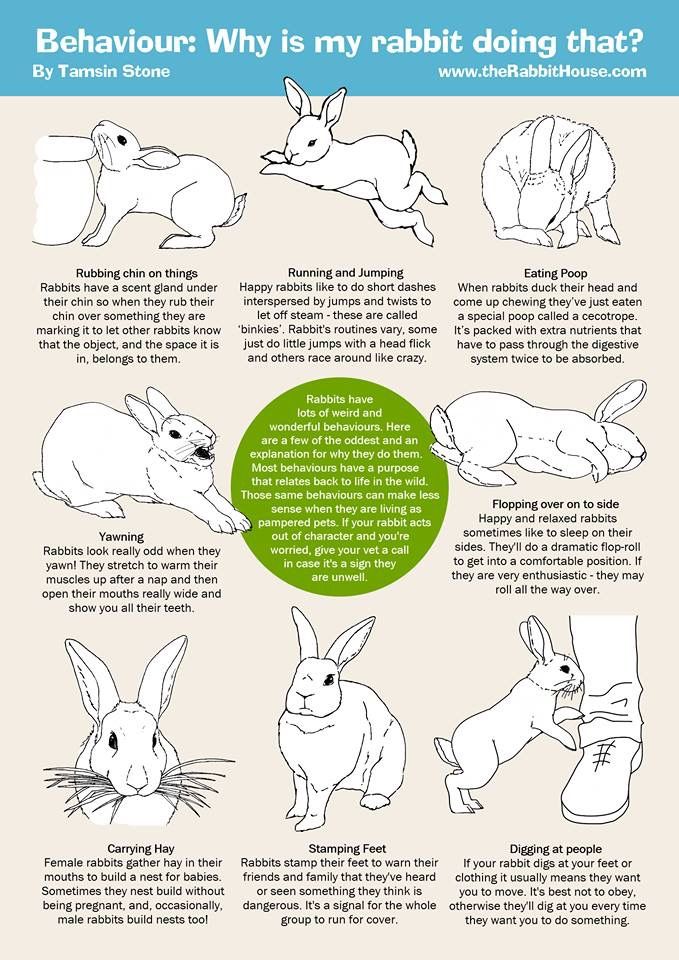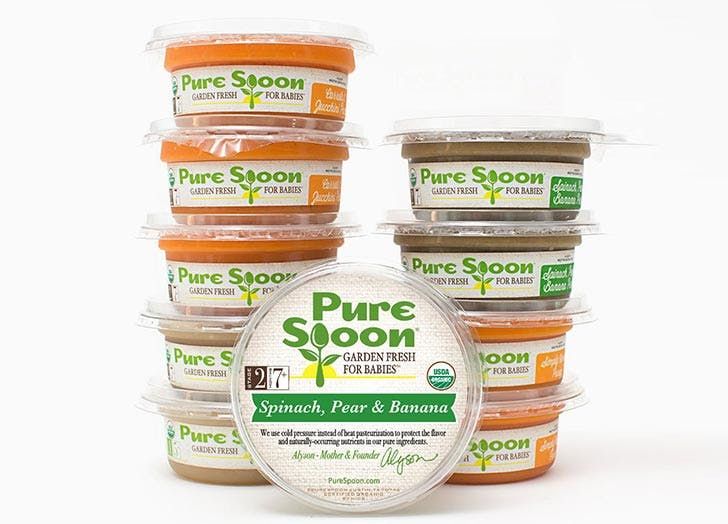How to feed baby pumped breast milk
Feeding expressed milk | introducing bottle
When can you start feeding your baby expressed breast milk? What’s the best way to do it? And should you be concerned about ‘nipple confusion’? We answer your questions about expressed milk feeding
Share this content
When should I start giving my baby expressed milk?
If your baby is healthy and breastfeeding is going well, there’s no need to rush into giving her expressed milk. For the first four weeks, you’re working together to initiate and build your breast milk supply while she learns to breastfeed efficiently. While there is limited data,1 it is thought that unnecessarily introducing bottles during this crucial first month could interfere with these processes.
But if your newborn struggles to latch or suck for any reason, then start expressing milk as soon as possible after the birth. Read our articles on overcoming problems in the first week and feeding breast milk to your premature baby or infant with special needs for more advice, as well as getting support from your healthcare professionals.
How can I feed expressed milk to my baby?
There is a range of expertly designed feeding solutions that can help you give expressed milk to your baby, depending on your and her needs.
For example, Medela’s innovative Calma teat will only allow milk to flow when babies create a vacuum by sucking. This means they can feed from a bottle using the same technique, tongue motion and jaw movement they would at the breast.2,3 Developed with breastfeeding experts from the University of Western Australia, Calma allows your baby to suck, swallow, pause and breathe just as she does when breastfeeding.4 By maintaining babies’ natural sucking behaviour, Calma is designed to make it easy to switch from breast to bottle-feeding and back again.
Medela also makes conventional bottle teats in two flow versions. And all our teats can be attached directly to the bottles you express milk into, minimising the risk of spillages.
If your newborn needs expressed milk, but you don’t want to offer her a bottle until she’s become used to breastfeeding, you could use a baby cup designed for short-term feeding. This allows your baby to sip or lap your expressed milk – be careful to avoid spills! It’s advisable to have a healthcare professional on hand the first time you use the baby cup, to make sure you’re both getting the hang of it.
This allows your baby to sip or lap your expressed milk – be careful to avoid spills! It’s advisable to have a healthcare professional on hand the first time you use the baby cup, to make sure you’re both getting the hang of it.
For babies who need expressed milk supplements in addition to regular breastfeeding, a supplemental nursing system (SNS) can be helpful. This has a thin, flexible feeding tube that can be fixed alongside your nipple to give your baby expressed milk while you’re breastfeeding her. This allows your baby to stay at your breast longer, which further stimulates your breasts to help maintain your milk supply, and also helps improve her breastfeeding skills. It can be useful for mums with low milk supply or with adopted or surrogate babies.
If your baby can’t create the suction needed to breastfeed – perhaps because of a disability, congenital condition or weakness – you could try a feeder designed for babies with special needs. These allow infants who can’t suck to feed using gentle compression instead.
What’s the best way to introduce a bottle?
If breastfeeding is going well and you’ve decided it’s the right time to give your baby a bottle of expressed milk, follow these tips:
Take your time
Don’t wait until your big night out or first day back at work to introduce your baby to the bottle. Start trying with a small amount of expressed milk, in a relaxed and unhurried way, a couple of weeks beforehand. Gradually build up to giving a full feed of expressed breast milk from a bottle.
Pick your moment
Ideally your breastfed baby should be alert, but not too hungry, the first time she has a bottle of expressed milk, so that she is as relaxed as possible.
Delegate feeding duties
Your baby may be confused or frustrated when you offer a bottle, as she’s used to your breast. It might be easier if someone else gives the first bottle, and you stay out of the room so your baby can’t see or smell you.
Not too hot, not too cold
Your baby may be more likely to take the expressed milk if it’s around body temperature, 37 °C (98.6 °F).
Dip and sip
Try dipping the bottle teat into some expressed milk before offering it, so it tastes and smells of your breast milk. Then gently stimulate your baby’s top lip with the teat to encourage her to open her mouth.
Positioning for bottle-feeding
Feed your baby on demand and cuddle her in a semi-upright position. Never bottle-feed her while she’s lying flat or prop her up with the bottle, in case of choking. Go at her pace, with as many pauses as she needs – you can even try switching sides during the feed.
Be patient
Don’t worry if she doesn’t take to the bottle straight away – it may take several tries. If she pushes the bottle away or becomes upset, comfort her and wait a few minutes before trying again. If she still won’t drink from the bottle, wait a few more minutes and then breastfeed her as normal. Try again with the bottle at a different time of day.
Try again with the bottle at a different time of day.
How much expressed milk should I give my baby?
Every baby is different. Research shows that in babies aged one to six months, one baby may take as little as 50 ml during a feed while another may take as much as 230 ml. Start by preparing a bottle with around 60 ml, and see if your baby needs more or less. You'll soon learn how much she typically takes – but don’t ever pressure her to finish the bottle.
How can I ensure bottle-feeding is safe for my baby?
Always clean and sanitise your breast pump set and bottles according to the instructions, and wash your hands before pumping, handling milk or feeding your baby. Follow our guidelines for storing and thawing your expressed milk safely.
If warming your breast milk, place the milk bottle or bag into a bowl of warm water or a warmer, or run it under a warm tap (max 37 °C or 98.6 °F). Never warm breast milk in the microwave or on the stove top.
Will my baby cope with switching from breast to bottle?
Mums sometimes worry that if they introduce a bottle too soon, their baby will get accustomed to the artificial teat and struggle to return to breastfeeding.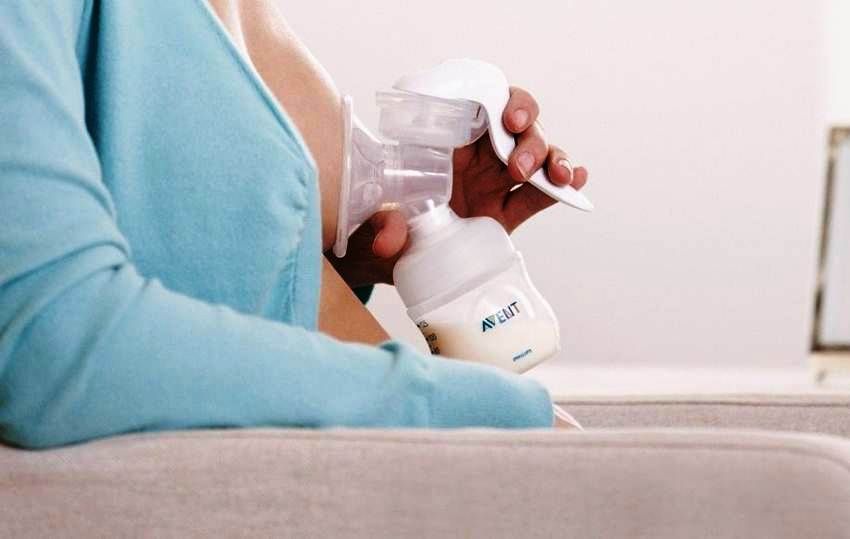 Others are concerned about the opposite problem – if they don’t get their baby used to a bottle early she may never accept one later. Both of these problems are commonly referred to as ‘nipple confusion’.
Others are concerned about the opposite problem – if they don’t get their baby used to a bottle early she may never accept one later. Both of these problems are commonly referred to as ‘nipple confusion’.
Experts disagree on whether nipple confusion is really an issue.1 Certainly sucking from a conventional bottle teat that doesn’t require a vacuum to be created is less effort for a baby than sucking from mum’s nipple, as the milk flows more freely and gravity lends a hand. And some babies do seem to have a preference for breast or bottle, and never take to the other. But many babies switch happily between the two.
If you’re still struggling to feed your baby expressed breast milk, speak to a lactation consultant or breastfeeding specialist.
References
1 Zimmerman E, Thompson K. Clarifying nipple confusion. J Perinatol. 2015;35(11):895-899.
2 Geddes DT et al. Tongue movement and intra-oral vacuum of term infants during breastfeeding and feeding from an experimental teat that released milk under vacuum only.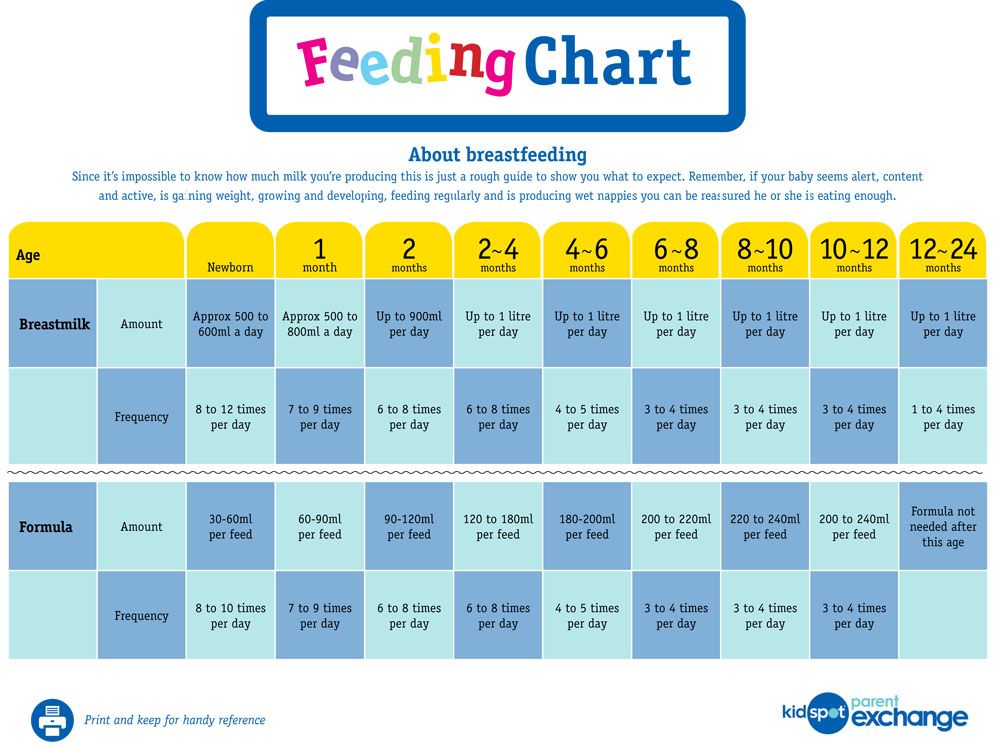 Early Hum Dev. 2012;88(6):443-449.
Early Hum Dev. 2012;88(6):443-449.
3 Segami Y et al. Perioral movements and sucking pattern during bottle feeding with a novel, experimental teat are similar to breastfeeding. J Perinatol. 2013;33(4):319-323.
4 Sakalidis VS et al. Oxygen saturation and suck-swallow-breathe coordination of term infants during breastfeeding and feeding from a teat releasing milk only with vacuum. Int J Pediatr. 2012;2012:130769.
How to Pump and Store Your Breast Milk
Some women choose to pump and store their breast milk. You may decide to do this when you return to work after maternity leave. Or you may want to pump so that your partner can feed the baby breast milk. Whatever the reason, pumping allows you to continue to feed your baby breast milk through a bottle. You can buy or rent an electric or hand-operated breast pump to use. Some hospitals and insurance plans provide one for free.
This article answers common questions about pumping and storing breast milk.
Path to improved health
Pumping breast milk
When should I start to pump?
If you plan to pump when you return to work, start practicing 1 or 2 weeks in advance. This helps you learn how your pump works. You can pump right after your baby eats or between feedings. Or you may prefer to pump from one breast while you feed your baby from the other.
This helps you learn how your pump works. You can pump right after your baby eats or between feedings. Or you may prefer to pump from one breast while you feed your baby from the other.
Starting at home also helps you build a collection of breast milk. You can store it for your baby’s feedings when you return to work.
How much milk will I get when I pump?
You may not get much milk when you first start pumping. This will change as you continue to pump regularly. Your breasts will begin to make more milk. The more often you pump, the more milk your breasts make. Drink lots of fluids to stay hydrated. This will also help your milk supply.
How long should I pump each time?
It takes about the same time to pump milk as it does to breastfeed. With practice, you may be able to pump in as little as 10 to 15 minutes. While you are at work, try to pump as often as your baby usually feeds. This may be every 3 to 4 hours for 15 minutes each time. To keep up your milk supply, give your baby extra feedings when you are together. You also can pump right after your baby feeds to help your breasts make more milk.
You also can pump right after your baby feeds to help your breasts make more milk.
Will there be times that my baby needs more milk than I have ready?
Yes, your baby needs more milk during growth spurts. These occur at about 2 weeks and 6 weeks of age and again at about 3 months and 6 months of age. The best way to increase your milk supply for a growth spurt is to breastfeed or pump more often.
Storing breast milk
How should I store my breast milk?
There are a couple of ways you can store breast milk. You can use a plastic or glass bottle with a sealable top. Or you can use a sterile, sealable bag. Store your breast milk in the amount your baby consumes in a feeding. This way, you don’t waste any milk. For example, if your baby eats 4 ounces in a feeding, put 4 ounces of breast milk in the storage container. Always put a date on the container of breast milk so you know how long to keep it.
Where should I store my breast milk?
Store your pumped breast milk in a refrigerator or cooler with ice as soon as possible. You also can freeze the milk if you aren’t going to use it right away.
You also can freeze the milk if you aren’t going to use it right away.
How long can I store my breast milk?
The life of breast milk varies based on how it is stored.
- At room temperature (less than 77°F), it lasts up to 6 hours.
- In a cooler with ice packs, it lasts up to 24 hours.
- In the refrigerator, it lasts for 3 to 8 days.
- In the freezer, it lasts up to 6 months.
Things to consider
Stored breast milk can vary in color. It can be bluish, yellowish, or brownish. It is normal for breast milk to separate (the fatty part of the milk goes to the top). Shake the bottle or sealed bag and the fat should go back into the milk. If it does not, then the breast milk may be bad. You should smell the milk before feeding it to your baby. Bad milk smells sour. If you still aren’t sure, try tasting the milk. If it tastes sour, then it is bad and needs to be thrown away.
If you choose to freeze breast milk, you need to thaw it before giving it to your baby. There are 2 ways you can thaw the milk.
There are 2 ways you can thaw the milk.
- Put the container of milk in warm water. Swirl the container around in the water until the milk thaws.
- Put the container of milk in the refrigerator the day before it is to be used.
Thawed breast milk can be refrigerated for up to 24 hours, but it should not be refrozen. Do not use hot water to thaw breast milk. The milk could get too hot and burn your baby’s mouth. Do not thaw frozen breast milk in a microwave. This can damage valuable proteins in breast milk.
Questions to ask your doctor
- How early after birth can I start pumping breast milk?
- How long can I pump and store breast milk?
- What type of bottles should I use to store breast milk?
- What should I do if my baby prefers bottle-feeding to breastfeeding?
- What happens if I accidentally give my baby bad breast milk?
- Can drugs or medicines I take get in my breast milk?
Resources
American Academy of Family Physicians: Breastfeeding: Returning to Work
Copyright © American Academy of Family Physicians
This information provides a general overview and may not apply to everyone. Talk to your family doctor to find out if this information applies to you and to get more information on this subject.
Talk to your family doctor to find out if this information applies to you and to get more information on this subject.
Feeding with expressed milk | breastfeeding
When can I start breastfeeding my baby with expressed breast milk? How to do it right? Is it worth worrying that the child will confuse the pacifier with the breast? In this article we will answer your questions.
Share this information
When can I start breastfeeding my baby?
If your baby is healthy and breastfeeding well, there is no need to give him expressed milk. For the first four weeks, you work together to start and increase milk production, and your baby also learns to suckle properly at the breast. There is not enough scientific data on this yet, 1 but there is an opinion that bottle feeding in the first month may adversely affect the process of establishing breastfeeding.
However, if the newborn is unable to latch on or suckle for some reason, start expressing milk as soon as possible after delivery.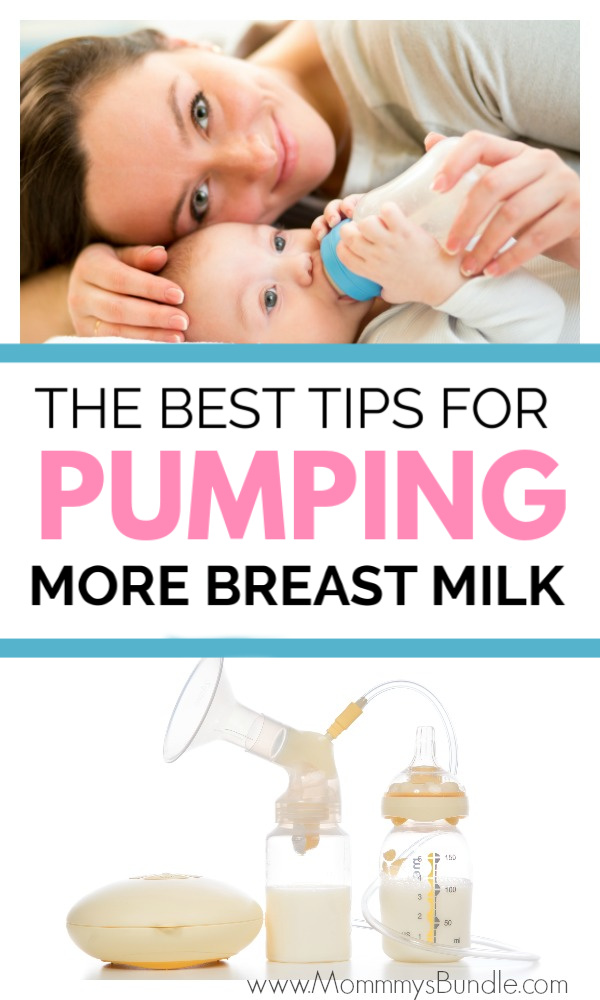 Read more about this in our articles on coping with problems in the first week, breastfeeding premature babies and babies with special needs, and seeking help from your healthcare provider.
Read more about this in our articles on coping with problems in the first week, breastfeeding premature babies and babies with special needs, and seeking help from your healthcare provider.
How can I feed my baby with expressed breast milk?
There are many expert feeding solutions that allow you to give your baby expressed milk in a variety of ways, depending on your and your baby's needs.
For example, the innovative Calma smart pacifier only lets milk through when the baby creates a vacuum by suckling. This means that when feeding from a bottle, he will make the same movements with his tongue and jaws as when sucking at the breast. 2.3 Calma was developed with the help of breastfeeding experts from the University of Western Australia. When using this pacifier, the baby can suck, swallow, pause and breathe in the same way as when breastfeeding. 4 Preserving natural sucking habits allows baby to transition easily from breast to bottle and back.
In addition, Medela also offers regular bottle teats* in two versions that produce milk at different rates. All Medela* nipples can be placed directly on bottles used for expressing milk, minimizing the risk of spillage.
If you need to feed your baby with expressed milk, but you do not want to bottle feed him until he is learning to breastfeed, you can use a sippy cup* for temporary feeding. The baby will be able to drink milk from such a mug, but you should be careful not to spill the milk. For the first time, it is advisable to feed the child from a drinking cup under the supervision of the attending physician in order to learn how to do it correctly.
If your baby needs to be supplemented with expressed milk in addition to regular breastfeeding, the Supplementary Feeding System (SNS)* can be used. It is equipped with a thin, flexible capillary that can be clipped close to the nipple to give your baby expressed milk while breastfeeding. Thanks to this, the baby suckles the breast for longer, thereby developing sucking skills and stimulating the production of milk from the mother. This can be helpful when there is a shortage of breast milk, as well as when feeding adopted or surrogate children.
This can be helpful when there is a shortage of breast milk, as well as when feeding adopted or surrogate children.
If the baby is unable to breastfeed because he is too weak or has a congenital disease, you can use the Special Needs Cup*, which releases milk with gentle pressure, making it suitable for feeding these babies.
How to teach a child to bottle feed?
If breastfeeding is going well and you decide to start bottle feeding your baby with expressed breast milk, follow these guidelines.
Start early and take your time
Don't wait until the first day of work or the first time you leave the house to start bottle feeding your baby. Start accustoming your baby to small portions of expressed milk a couple of weeks before the desired date, calmly and without haste. Gradually build up to one full serving of pumped milk from a bottle.
Choose a time
Ideally, at the first bottle feeding, the baby should be hungry, but not too hungry - in this state, he is as relaxed as possible.
Let others feed
Your baby is used to feeding from your breast, so when you offer him a bottle it can be confusing. The process can go faster if the first time the baby is bottle-fed by someone else while you are not in the room, so that your sight and smell do not embarrass the baby.
Maintain optimal temperature
Your baby will be more willing to eat expressed milk if the temperature is around 37°C, close to body temperature.
Dip the nipple in milk
Try dipping the nipple in expressed milk before offering it to your baby. This way it will taste and smell like your breast milk. Lightly touch the baby's upper lip with the nipple to open the mouth.
Choose the right position for bottle feeding
Feed your baby on demand and keep him reclining during feeding. Never bottle feed your baby when he is lying or sitting, otherwise he may choke. Listen to the wishes of the child - take as many pauses as he needs. You can even try to shift it from one hand to another during feeding.
You can even try to shift it from one hand to another during feeding.
Be patient
Don't worry if your baby doesn't take the bottle right away - it may take several tries. If he pushes the bottle away or starts crying, calm him down, wait a few minutes and try again. If he still doesn't want to bottle feed, wait a few more minutes and breastfeed him as usual. Repeat the bottle experiment at a different time of day.
How much pumped milk should I give my baby?
All children are different. Research shows that between the ages of one and six months, a baby can consume between 50 and 230 ml of milk per feeding. To start, prepare about 60 ml and observe how much your baby needs - more or less. You will soon realize how much milk he usually eats. Just never force him to finish the cooked portion.
How can I keep my baby safe when bottle feeding?
Always clean and sterilize your pump and bottles according to the manufacturer's instructions.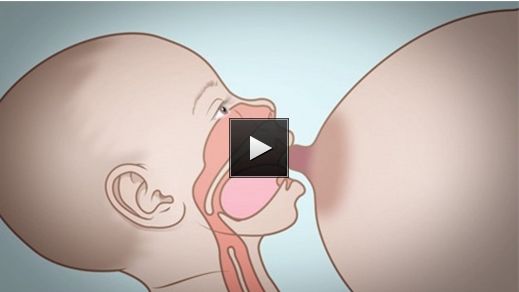 Wash your hands before expressing, pouring milk, and feeding your baby. Follow our instructions for safely storing and thawing your expressed milk.
Wash your hands before expressing, pouring milk, and feeding your baby. Follow our instructions for safely storing and thawing your expressed milk.
If breastmilk needs to be warmed, place the bottle or bag in a bowl of warm water or a heater or under running water at a maximum of 37°C. Never heat breast milk in the microwave or on the stove.
Will the baby be able to transition from breast to bottle?
Some mothers worry that if they start bottle feeding too early, the baby will get used to the artificial nipple and not want to breastfeed. Others, on the contrary, are worried that if the child is not immediately accustomed to the bottle, then he will no longer eat from it. In general, in these cases, they say that the child confuses the nipple with the breast.
Experts disagree on whether such confusion is a problem. 1 Without a doubt, it is easier for a baby to suckle milk from a regular bottle with a nipple, which does not require a vacuum, than from the breast, since the milk flows faster, also under the influence of gravity. And some babies really have clear preferences: only the breast or only the nipple. However, many babies are comfortable suckling both the breast and the pacifier.
And some babies really have clear preferences: only the breast or only the nipple. However, many babies are comfortable suckling both the breast and the pacifier.
If you are unable to feed your baby with expressed breast milk, seek help from a lactation consultant or specialist.
Literature
1 Zimmerman E, Thompson K. Clarifying nipple confusion. J. Perinatol. 2015;35(11):895-899. - Zimmerman I., Thompson K., "On the issue of breastfeeding." Zh Perinatol (Journal of Perinatology). 2015;35(11):895-899.
2 Geddes DT et al. Tongue movement and intra-oral vacuum of term infants during breastfeeding and feeding from an experimental teat that released milk under vacuum only. Early Hum Dev . 2012;88(6):443-449. - Geddes D.T. et al., "Language Movements and Oral Vacuum Generation in Term Infants During Breastfeeding and Feeding from an Experimental Vacuum-Delivery Teat". Airlie Hume Dev. 2012;88(6):443-449.
Airlie Hume Dev. 2012;88(6):443-449.
3 Segami Y et al. Perioral movements and sucking pattern during bottle feeding with a novel, experimental teat are similar to breastfeeding. J. Perinatol. 2013;33(4):319-323. - Segami I. et al., "Perioral movements and sucking during bottle feeding with a new experimental nipple are very similar to sucking from the breast." Zh Perinatol (Journal of Perinatology). 2013;33(4):319-323.
4 Sakalidis VS et al. Oxygen saturation and suck-swallow-breathe coordination of term infants during breastfeeding and feeding from a teat releasing milk only with vacuum. Int J Pediatr. 2012;2012:130769. - Sakalidis V.S. et al., "Oxygenation and Coordination of Sucking, Swallowing, and Breathing in the Term Infant During Breastfeeding and Feeding from a Purely Vacuum Teat". Int J Pediatrician 2012;2012:130769.
Read instructions before use.
 Consult a specialist about possible contraindications.
Consult a specialist about possible contraindications. * RC № ФСЗ 2010/07353 of 07/19/2010
Storage, freezing and thawing of breast milk
Expressed breast milk is the best food for your baby when you are not around. How to store and use breast milk correctly?
Share this information
If you go to work, go to the gym or simply ask your partner to feed your baby and you want to get some sleep yourself, you can express breast milk so that the baby can eat even when you are not around. Most of the beneficial properties are retained in expressed breast milk, so if you are forced to skip breastfeeding, it will be a better replacement than any formula. But an important guarantee of the safety of expressed milk for your baby is hygiene. Read the article to learn how to properly store breast milk.
What is the best way to store breast milk?
Any type of breast milk is better for the baby than formula. But freshly expressed breast milk is better than chilled, and chilled breast milk is better than frozen. The fact is that freshly expressed milk fights bacteria better, it contains more antioxidants, vitamins and fats than chilled or frozen milk 4 .
But freshly expressed breast milk is better than chilled, and chilled breast milk is better than frozen. The fact is that freshly expressed milk fights bacteria better, it contains more antioxidants, vitamins and fats than chilled or frozen milk 4 .
How long expressed breast milk lasts
Once your breast milk is properly collected in a clean container, you can store it at room temperature, in the refrigerator or in the freezer, depending on how soon you plan to use it. Follow the guidelines below:
Recommendations for storing expressed breast milk (for feeding healthy term babies) 2, 3
| Storage location | Room temperature | Refrigerator | Freezer | Pre-frozen |
| Safe shelf life | Up to four hours Up to six hours for milk expressed under extra clean conditions* | Up to three days Up to five days for milk expressed under extra clean conditions* | Up to six months Up to nine months for milk expressed under extra clean conditions* | Up to two hours at room temperature Up to 24 hours refrigerated Do not freeze again! |
* "Very clean environment" refers to strict adherence to the instructions in the article on cleaning and sterilizing the Medela 9 breast pump0104 . These instructions for storing and thawing breast milk are guidelines only. For more information, contact a lactation consultant or healthcare professional.
These instructions for storing and thawing breast milk are guidelines only. For more information, contact a lactation consultant or healthcare professional.
If the baby is in the neonatal intensive care unit (NIU) or intensive care unit, stricter cleaning and storage guidelines may apply in accordance with the hospital's internal policies.
Before placing expressed milk in the refrigerator or freezer, be sure to mark the bottles or bags with the amount of milk and the date of expression. This will make it easier to manage your pumped milk supply.
Recommendations for feeding expressed breast milk
During storage, breast milk usually separates into layers and the fats (cream) it contains rise to the top. Shake the bottle lightly to mix the layers before giving it to your baby. Strong mixing and shaking can destroy some of the nutritional and protective components of breast milk 5 .
When a baby is fed expressed breast milk from a cup or bottle, bacteria from the mouth naturally enters the milk. Therefore, it is best to throw out all the unfinished milk one to two hours after the first feeding. In order to waste as little expressed milk as possible, it is best to store it in small portions and use just enough for one feeding 2 .
Therefore, it is best to throw out all the unfinished milk one to two hours after the first feeding. In order to waste as little expressed milk as possible, it is best to store it in small portions and use just enough for one feeding 2 .
How to Store Breast Milk in the Refrigerator
2, 3Follow the guidelines below to safely store expressed milk in the refrigerator.
- Refrigerate breast milk as soon as possible after pumping.
- Store milk in clean BPA-free breast milk bottles or breast milk storage bags. Its long-term effects on the human body are not well understood and manufacturers are now moving away from the use of this chemical in plastic containers and covers.
- After pre-cooling, a small amount of expressed milk can be added to the milk container stored in the refrigerator. Do not add warm breast milk to already chilled milk.
- Store breast milk in the coldest part of the refrigerator, on the back of the shelf above the vegetable drawer.
 Do not store milk in the refrigerator door where the temperature is not as constant.
Do not store milk in the refrigerator door where the temperature is not as constant.
How to store breast milk in the freezer
2, 3The following are guidelines for the safe freezing of breast milk.
- Freeze breast milk as soon as possible after pumping.
- After pre-cooling, expressed milk can be added to the already frozen milk container. Do not add warm breast milk to already frozen milk.
- To simplify defrosting and reduce waste, store milk in small portions (less than 60 ml). Once thawed, portions can be mixed.
- Make sure the breast milk container is suitable for freezing: some containers (eg glass bottles) may burst at low temperatures. Medela Breast Milk Storage Bags are ideal for storing frozen breast milk: they are ready to use, cold-resistant and easy to label.
- Do not fill bottles or bags more than 3/4 full as milk expands when frozen.
- Store frozen breast milk in the back of the freezer where the temperature is constant.
 Do not place it against the walls of freezers with automatic defrosting.
Do not place it against the walls of freezers with automatic defrosting.
Feeding frozen breast milk
2, 3Follow these guidelines when thawing breast milk to keep it safe for your baby.
- Breast milk can be thawed in the refrigerator, usually takes about 12 hours. You can place the bottle or bag of frozen milk under running warm water (max. 37 °C). Do not thaw breast milk at room temperature.
- Fully thawed breast milk can be stored for up to two hours at room temperature and up to 24 hours in the refrigerator.
- Do not thaw or reheat frozen breast milk in a microwave oven or in boiling water. This can negatively affect the nutritional and protective properties of breast milk, and due to uneven heating, the baby can burn.
- If, after defrosting, you left breast milk at room temperature, but did not feed it to the baby within two hours, the milk must be discarded.
- Do not refreeze breast milk.
How to warm up expressed breast milk
2, 3 Healthy full-term babies can be given breast milk at room temperature or heated to body temperature. Some children care about the temperature of the milk, while others drink milk at any temperature.
Some children care about the temperature of the milk, while others drink milk at any temperature.
- To warm breast milk, place the bottle or bag in a cup, mug or bowl of warm water for a few minutes until the milk is at body temperature (37°C). You can use a bottle warmer. Do not heat milk above 40°C or microwave it to avoid overheating.
- Slightly shake the milk in the bottle or bag to mix the separated fat (see above). Do not stir or shake the milk too hard.
Why does milk smell strange after storage?
Chilled or thawed breast milk may smell different from fresh
. This is due to the action of lipase, an enzyme that breaks down fats into fatty acids, preventing the growth of dangerous bacteria.
Some mothers report that their milk smells rancid or soapy after storage. But if you followed all the recommendations for safe storage given in this article, such milk is absolutely safe 2 .
Storing breastmilk on the road
If you need to transport your breastmilk from work to home or nursery, use the cool bag with ice packs 2 . For more information on pumping and storing breastmilk on the go, see the article on pumping on the go.
For more information on pumping and storing breastmilk on the go, see the article on pumping on the go.
Literature
1 US Food & Drug Administration. Using a breast pump. [Internet]. Silver Spring, MD, USA: US Department of Health and Human Services; 2018 [updated 2018 Feb 04; cited 2018 Apr 12] Available from: www.fda.gov/MedicalDevices/ProductsandMedicalProcedures/HomeHealthandConsumer/ConsumerProducts/BreastPumps/ucm061944.htm. "Instructions for using the breast pump". [Internet] Silver Spring, Maryland, USA: Department of Health and Human Services; 2018 [updated February 4, 2018; cited April 12, 2018] Article referenced: www.fda.gov/MedicalDevices/ProductsandMedicalProcedures/HomeHealthandConsumer/ConsumerProducts/BreastPumps/ucm061944.htm
3 Eglash,A., Simon,L., & The Academy of Breastfeeding Medicine. ABM clinical protocol #8: human milk storage information for home use for full-term infants, revised 2017.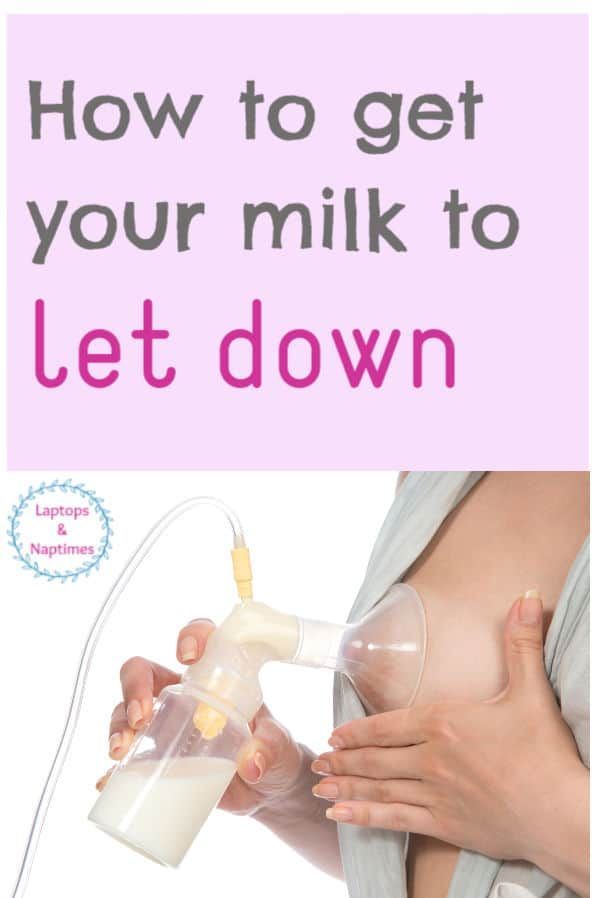 Breastfeed Med 12, (2017). - Eglash A, Simon L and Academy of Breastfeeding Medicine, AVM Clinical Protocol #8: Home Storage of Milk for Term Infants 2017 Revision. Brestfeed Med (Breastfeeding Medicine) 12 (2917).
Breastfeed Med 12, (2017). - Eglash A, Simon L and Academy of Breastfeeding Medicine, AVM Clinical Protocol #8: Home Storage of Milk for Term Infants 2017 Revision. Brestfeed Med (Breastfeeding Medicine) 12 (2917).
4 Human Milk Banking Association of North America. 2011 Best practice for expressing, storing and handling human milk in hospitals, homes, and child care settings. (HMBANA, Fort Worth, 2011).- North American Breast Milk Banks Association. Fort Worth: SABGM; 2011.
5 García-Lara NR et al. Effect of freezing time on macronutrients and energy content of breastmilk. Breastfeeding Medicine. 2012;7(4):295-301. - Garcia-Lara N.R. et al., "Effect of Freezing Duration on Macronutrients and Energy in Breast Milk". Brestfeeding Honey (Breastfeeding Medicine) . 2012;7(4):295-301.
6 Office on Women’s Health.









